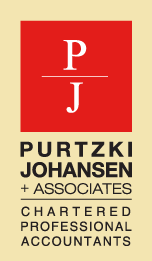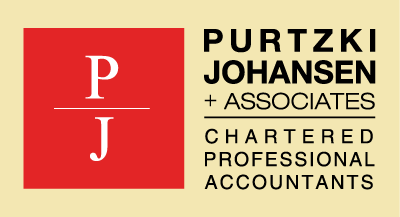According to the American Dental Association, 40 per cent of dental offices have been, or will be embezzled by an employee.

Whether you are a young dentist purchasing a new practice, or a mature practitioner working towards retirement, establishing an appropriate system of internal controls is vital to protect your cash flow. Your practice is the foundation of your personal financial security, therefore you must build a firewall around this valuable asset to protect against fraud and embezzlement.
Embezzlement
Embezzlement is a crime of opportunity that differs from ordinary theft, as the embezzler is usually someone you trust – such as an employee. Dentists are vulnerable to fraud because they often concentrate on growing their practice and are busy carrying out the skills for which they were trained. They typically rely on competent staff to watch over practice finances.
How does it occur?
These are just a few examples of common embezzlement scenarios:
Stealing petty cash – this is the most common and simplest form of embezzlement.
Forged endorsements – Patients may pay with a cheque and leave the “payee” line blank, after an employee tells them ‘we have a stamp’. The unscrupulous employee then makes the cheque out to him or herself instead of the practice. Employees may also steal cheques from the practice and address payment to themselves.
Insurance fraud – Here the employee may add false charges to an otherwise bona fide insurance claim or create an entirely fraudulent claim form for an existing patient. As the practice owner you are liable for any fraud committed by your staff.
Pocketing cash from patients – this method is one of the easiest to commit. This can be done by not making any recording of the transaction. The cash is simply pocketed by the employee but not recorded.
Duplicate or phony vendor payments – this is a common and more creative form of embezzlement. The employee has you sign a cheque to pay an invoice that has already been paid, then forges an endorsement on the cheque and deposits it into his or her own account. Some employees even create a phony supply company that he or she owns.
What are the red flags?
The opportunity to commit fraud generally increases as an employee’s responsibilities increase or when there are poor internal controls in place. The following are key indicators of internal control problems that may indicate you need professional help to identify fraud:
- Patient complaints
- Excessive cash transactions
- Change in practice revenue
- Excessive write-offs/adjustments
- Unusual cheque endorsements
- Missing documents
- Photocopies of original documents
- Unusual deposit patterns
How do I reduce the possibility of fraud?
The first step is to maintain security over your cash. A reliable internal control system should be in place to record, maintain and disburse cash. Monitoring controls should form part of your overall responsibility for the day-to-day operations of the practice. Active practice management is necessary to prevent dental office embezzlement.
Smart hiring practices
Performing background checks on potential employees is a must. It is important to gather as much information as possible from former employers. Hire employees with strong moral values and integrity as they will never commit fraud even when faced with the opportunity to do so. Be aware of employees who are under pressure because of personal problems or huge debts.
Daily operations
Take a hands-on approach to the operations of your practice. Lack of involvement enhances opportunities for employees to steal. Create a climate of accountability by implementing a system of internal controls and then monitor those controls so employees know you are ensuring the integrity of their work.



